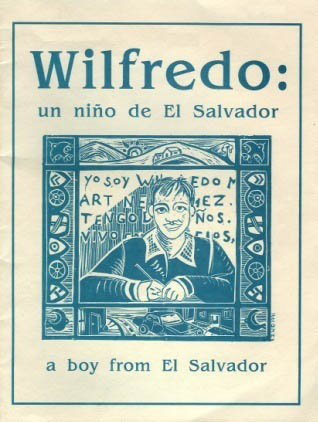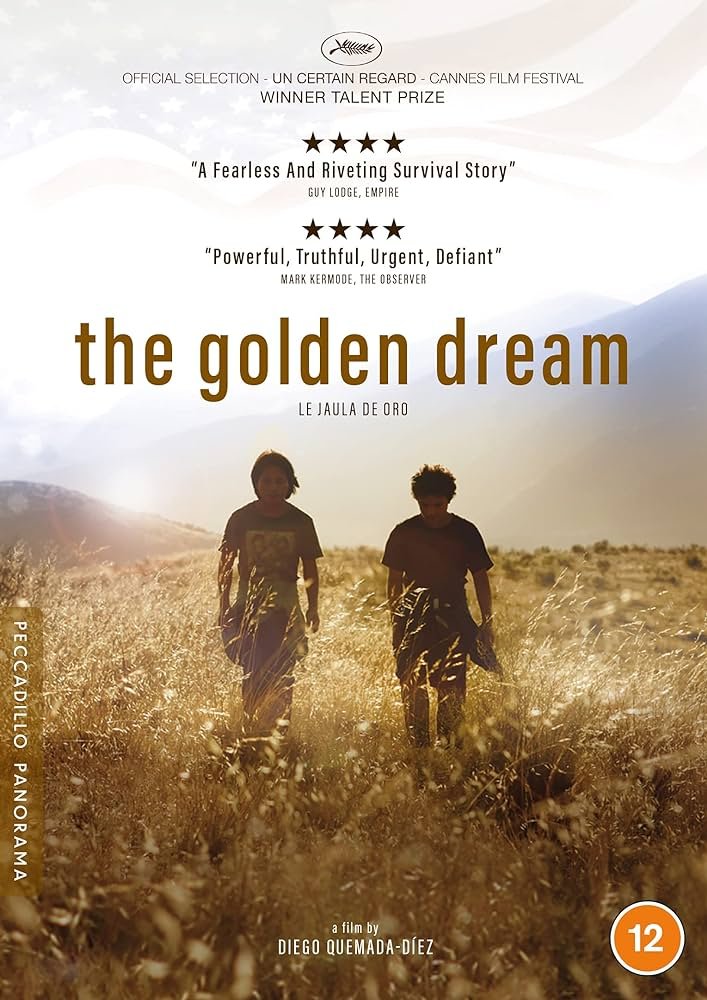Immigration
With fear-mongering about immigration amplified in this election season, it is more important than ever to teach truthfully about the push factors from Central America and the realities of the journey and life in the United States.
To help teachers build their own background knowledge on immigration from Central America and bring that understanding into the classroom, we have compiled the list of resources below — including readings, lessons for elementary through high school, and films.
Background Reading | Lessons and Teaching Ideas |Films | Books
BACKGROUND READING
“Debunking 8 Myths About Why Central American Children Are Migrating” by David Bacon from In These Times.
Report from American University's Center for Latino American and Latino Studies, "Unaccompanied Migrant Children from Central America: Context, Causes, and Responses."
LESSONS AND TEACHING IDEAS
The Roots of Immigration from El Salvador and Current Policy Debates
MIDDLE AND HIGH SCHOOL
Most of the current immigration debates ignore the historical roots of migration to the United States and the history of immigration policy in the latter half of the 20th century. This series of lessons uses the country of El Salvador as a case study to provide important historical context for contemporary immigration issues. The lessons were developed for use in conjunction with the website When We Were Young There Was a War.
Leaving Home: Socratic Dialogue with Art
ELEMENTARY AND MIDDLE SCHOOL
Students are introduced to noted Guatemalan artist Paula Nicho Cumez and explore the emotions of leaving home through a Socratic dialogue about a painting. This short teaching activity by Lynda Tredway can be adapted to various ages.
Pancho Rabbit and the Coyote: A Migrant’s Tale
ELEMENTARY AND MIDDLE SCHOOL
Pancho Rabbit and the Coyote: A Migrant’s Tale by Duncan Tonatiuh is one of the best books we’ve seen for children on the experiences of families forced to migrate to the U.S. to survive. In a child-friendly format, the story addresses the push factors, the hardships caused by family separation, the dangerous journey through Mexico, and crossing the border. The Consortium of Latin American Studies Programs (CLASP), on behalf of the Américas Award, produced an extensive teaching guide to accompany the book written by Katrina Dillon in 2015.
Wilfredo: Un Nino de El Salvador
ELEMENTARY SCHOOL
Wilfredo: Un niño de El Salvador / A Boy from El Salvador is a 45-page free, downloadable bilingual book for children about the experiences of a 12-year-old boy in San Francisco who immigrated to the United States when he was 10. Read how third grade teacher Andy Grayson introduced this book to his students.
A Movie in My Pillow/Una película en mi almohada
ELEMENTARY SCHOOL
In A Movie in My Pillow, a lovely bilingual collection of autobiographical poems, young Jorge tells the story of how he and his father, fleeing from the war, arrive in San Francisco. Eventually, the rest of the family will join them, but for now, father and son, leaving in the middle of the night — and without saying goodbye to anyone — must travel alone. The Consortium of Latin American Studies Programs (CLASP), on behalf of the Américas Award, produced a teaching guide for the book.
Migration Through the Darién Gap: Teaching Resources
HIGH SCHOOL
The Darién Gap, a perilous 60-mile jungle between Panama and Colombia, has become a critical point in the global migration crisis. Migrants are forced to traverse it due to restrictions on safer routes and visa requirements in Central America. This situation highlights broader issues in immigration policy and global migration, influenced by factors like climate change, poverty, violence, and the impacts of U.S. foreign policy. These resources and activities are aimed at helping students in grades 9–12 understand these complex issues within a global context.
FILMS
El Norte
HIGH SCHOOL/ADULT
El Norte is a about a brother and sister who fled the persecution and civil war of Guatemala after the government army destroyed their home and family. The movie follows their journey north through Mexico, crossing the border into the United States, and life in Los Angeles as undocumented immigrants. Directed by Gregory Nava, El Norte received an Oscar nomination for Best Original Screenplay in 1985. The film was selected for preservation in the U.S. National Film Registry as being "culturally, historically, or aesthetically significant." 1983. 139 minutes.
The Golden Dream/La Jaula de Oro
HIGH SCHOOL/ADULT
The Golden Dream/La jaula de oro tells the story of four teenagers (three Guatemalan and one Mexican) on a dangerous journey across the border to the U.S. Their stories are based on 600 interviews conducted by the director. "La Jaula de Oro just may stand as the definitive Latino immigrant odyssey." -- Film Journal International. Listen to an extended Democracy Now! interview with film director Diego Quemada-Diéz on La Jaula de Oro and migration to the U.S. Available on Netflix.
Which Way Home?
HIGH SCHOOL/ADULT
Academy Award nominee Which Way Home follows unaccompanied children as they make the long and treacherous voyage to the U.S. border. Some, like Olga and Freddy, venture out in search of distant relatives. Others, like Kevin, hope to find work to support their families at home. Often traveling for months or even years at a time, these courageous and determined children each have stories of hope and resilience, disappointment and sorrow. Chronicling the harrowing journey of thousands of migrant children, Which Way Home illuminates a powerfully human side of immigration.
The Vertical Border
High School/Adult
People across the world are fleeing hunger, climate disaster, and violence in their countries. The Vertical Border focuses on Central Americans who head to Mexico and the United States in search of a livable life. This feature-length documentary looks at what happens when forced migrants claim dignity and rights, but arrive to a hostile welcome, complicating common ideas of the Mexico-US border and its extending reach. 78 minutes.























